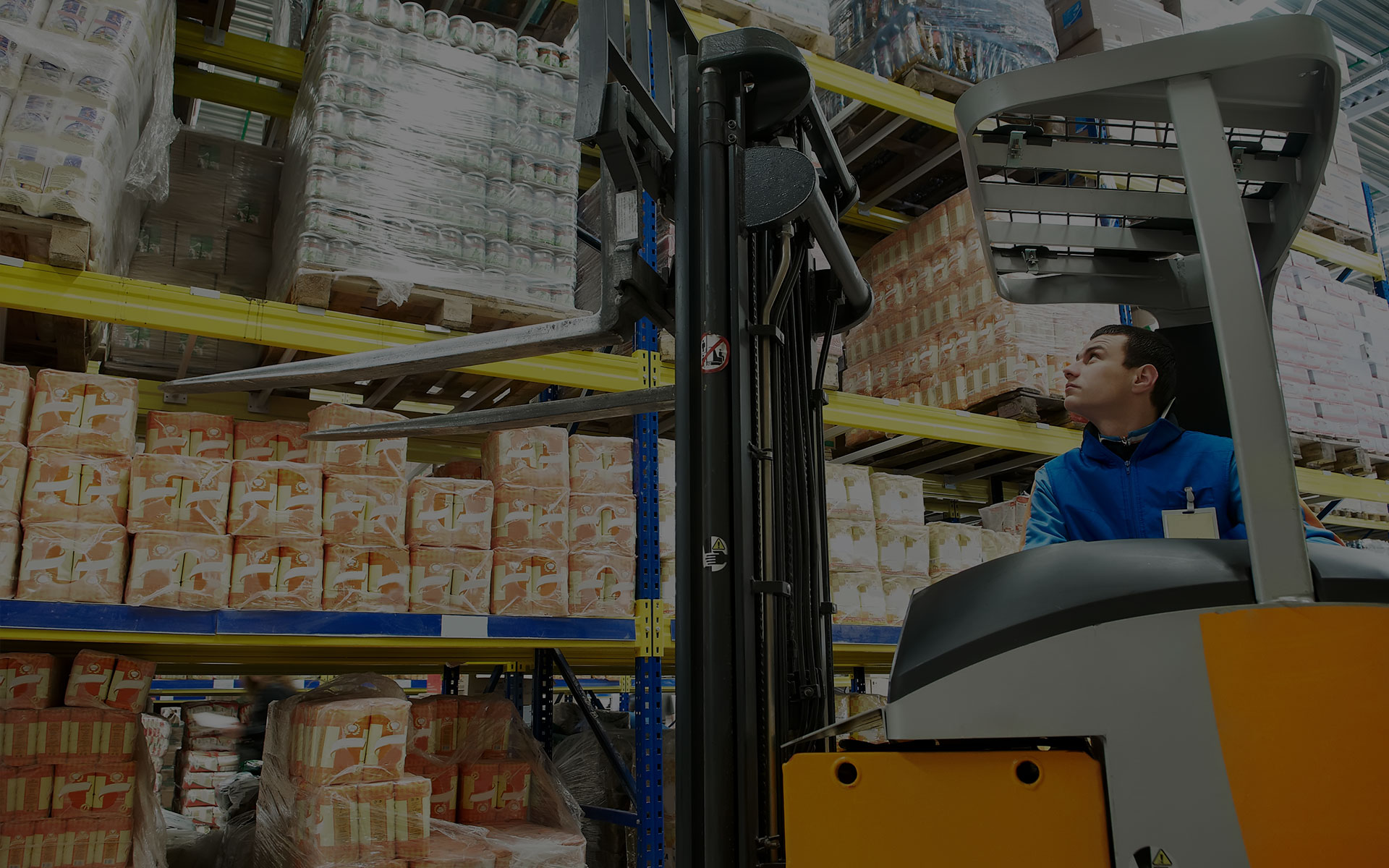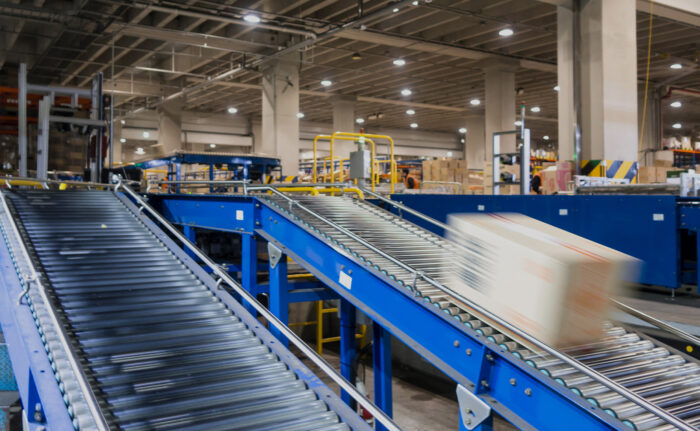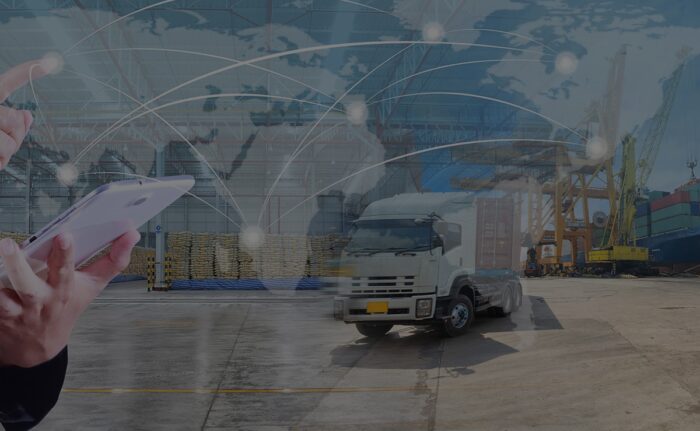
Embarking on a search process for a WMS is a big task. Selecting and successfully implementing the WMS that is the best fit for your needs can make you a company hero. Choosing the wrong system could have you searching for a new job. After you’ve leveraged Made4net’s WMS RFP template to create your RFP, and sent it to your identified WMS vendors, how do you evaluate those in-depth responses? Here are a few tips on how to analyze a WMS RFP:
- Functional fit – how the WMS capabilities match up with your needs. Many WMS solutions have good built-in functionality for basic needs, so pay particular attention to how the solutions will meet your unique needs and processes. And keep in mind potential areas for growth over the next few years. How will the solution meet those functional needs?
- Integration with existing and planned technology – Existing, proven integrations with automation, robotics, ERP and other supply chain systems play into the time and cost of your implementation. Many factors go into the timeline and cost of your implementation, starting with the architecture and configurability of the solution. The ability to setup the system quickly and easily will impact both initial implementation costs as well as the long-term Total Cost of Ownership.
- Configurability and Adaptability – Will the WMS evolve and grow with you as your needs change? Can you make changes to the system yourself, or do you need to keep going back to the vendor for changes, which can be time-consuming and costly? That can dramatically affect the Total Cost of Ownership.
- Usability – is it easy for warehouse staff to learn and use? Is the User Interface intuitive? A WMS RFP will provide answers to these questions.
- Architecture – A lot of WMS solutions are built on old, clunky architecture that do not meet today’s more modern technology. First and foremost, the architecture needs to allow for scalability, so your business does not outgrow the system. A WMS is a long-term investment, and as your business changes and grows, you want the system to adapt with you, so you don’t have to replace it in three years.
Also, with the right architecture that offers codeless implementation tools, you will be able to lower your support and maintenance costs, by owning the system internally and not being at the mercy of the WMS vendor.
- ROI and Total Cost of Ownership – Price is a key consideration with a selection of this magnitude, and even more important is the total cost of ownership because this is a long-term investment. Will the solution require many modifications to meet your needs? What are typical timeframes for implementation? If your system is up and running faster, you will be gaining those benefits faster. How do deployment options affect the cost over time? How do integrations to other systems affect total cost and timeframe? Adaptability and configurability of the solution are key criteria to examine for long-term cost and ROI.
- Commitment from the WMS vendor – Your success is dependent on finding the right solution, executing a successful implementation and thriving with a reliable, long-term partnership. Do you feel that level of commitment from the vendor? Will you be a valued, long-term customer? We also recommend you look at the experience and life of the companies you’re considering. You want a partner who is committed to your specific market and has a lengthy list of satisfied customers. It’s perfectly okay to ask about customers and references, too.
We know you’re here to get some answers about the WMS selection process. So, we invite you to take a minute and just ask us what’s on your mind or request a demo to see what we offer. It will help you understand what’s available and might just speed up your selection process. We are happy to help.
If you want further information on the WMS selection process, read this white paper, “6 Indispensable Tips to Choosing the Right WMS for your Warehouse.”
Download the White Paper here


